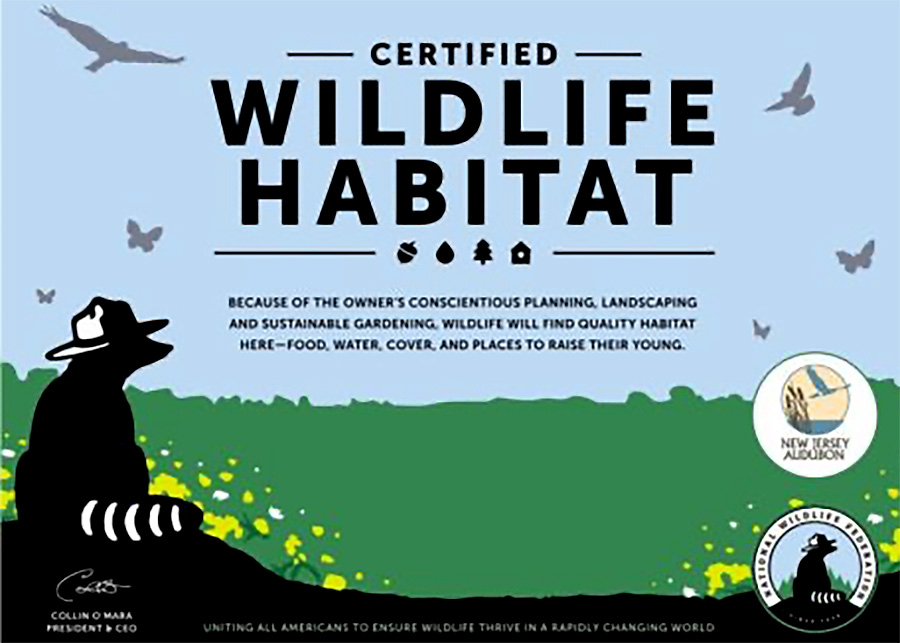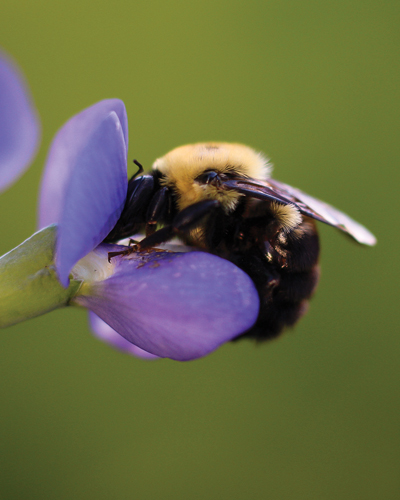
The Warren County Board of County Commissioners has embarked on an ambitious endeavor to transform Warren County into the first county in New Jersey to achieve certification as a Community Wildlife Habitat with the National Wildlife Federation. This initiative, known as the Commissioners' Conservation Challenge, aims to foster a healthier and more wildlife-friendly community by encouraging residents to create wildlife habitats in various locations such as yards, schools, businesses, places of worship, community gardens, and parks.
Commissioner Director James R. Kern III announced the county's partnership with the National Wildlife Federation and participation in the Community Wildlife Habitat program in January 2024. “The challenge is to make Warren County the first county-wide Community Wildlife Habitat certified by the National Wildlife Federation in New Jersey,” says Kern. “Warren County is known for its natural beauty, but unfortunately, habitat loss is impacting many species that call this county home. By working together, Warren County can create an environment that helps our local plants and animals thrive. As we look for places on county property to certify, anyone can volunteer to make their space more sustainable for our wildlife; whether it's at home, at work, at your school, or house of worship.”
Since its inception in 1973, the National Wildlife Federation has empowered millions of individuals with guidelines to make their landscapes more hospitable for wildlife. Through the Certified Wildlife Habitat program, the Federation has certified over 250,000 sites by ensuring they provide the four essential elements for wildlife: food, water, cover, and places to raise young, while integrating sustainable gardening and landscaping practices.
Warren County invites interested residents to join the certification effort by certifying their own properties or communal spaces through the National Wildlife Federation's website. Additionally, residents are encouraged to engage with the county's education and outreach initiatives to learn about creating a healthier and more wildlife-friendly community. By participating in this initiative and certifying their green spaces as Certified Wildlife Habitats, residents can play a crucial role in enhancing the local environment and supporting wildlife conservation efforts.
To date, through the Certified Wildlife Habitat program, the National Wildlife Federation has certified more than 250,000 sites. To be certified, a site must provide the four basic elements that all wildlife need to thrive: food, water, cover, and places to raise young while integrating sustainable gardening and landscaping practices.

Suitable habitat for pollinators is a critical element for successful environmental conservation. A pollinator garden should be stocked with a variety of flowering plants and greenery. Some additional suggestions to further enhance it as a pollinator-friendly garden could include:
By incorporating a few of these additional elements, you can further optimize your pollinator garden to support a diverse array of beneficial insects and other pollinators.